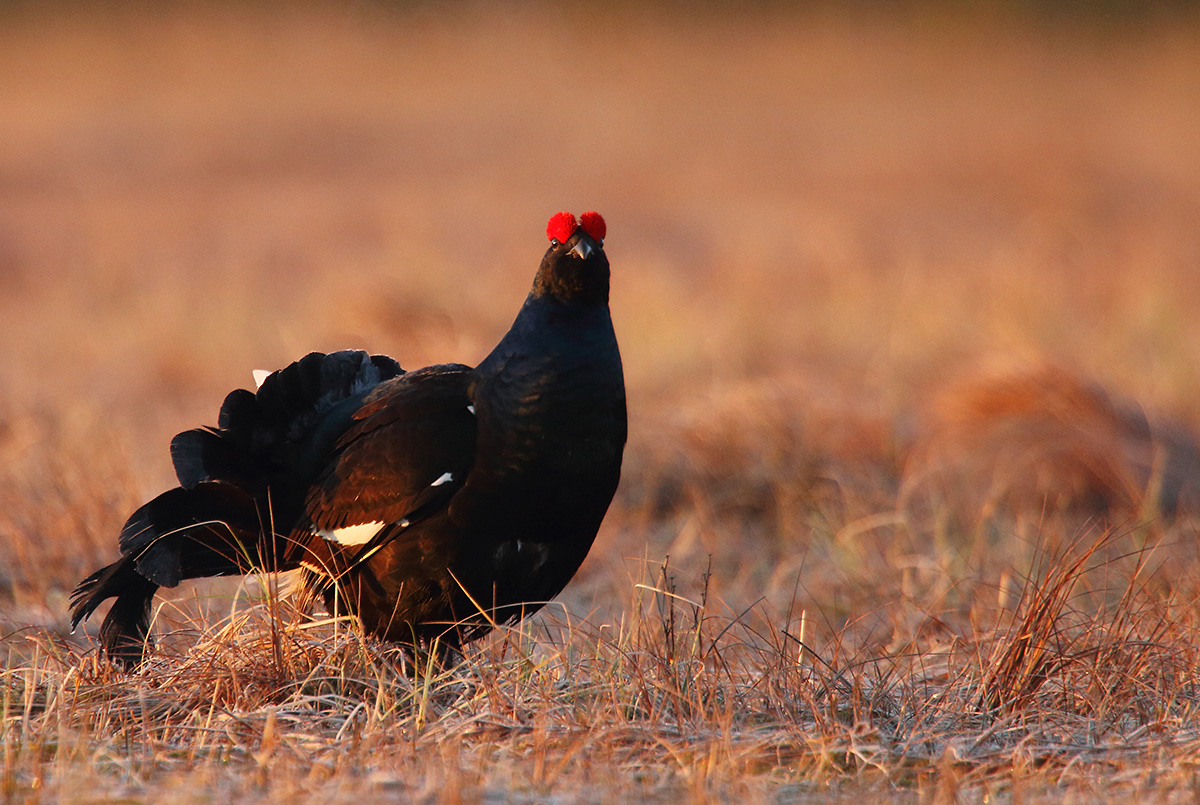It is estimated that there are more than 40,000 species in Estonia
The systematics of nature is based on the assumption that living beings form more or less different units – taxons. The central taxon, or the basic unit of systematics, is a species.

A species is a set of organisms that are similar in some way. Members of a species are able to produce offspring with each other, but are generally unable to produce offspring with organisms belonging to other species. Related species (such as a dog and a wolf or a horse and a donkey) may produce offspring, but they are usually unable to reproduce. A species is defined by its external characteristics, evolutionary lineage, and the sequence of the unit of heredity (DNA).
There are both smaller and larger units than the species. Within a species, a distinction is made between subspecies, varieties, and forms. Specimens belonging to the same species and using a common geographical area, or range, form a population.
Species are divided into genera, and those in turn into families, orders, classes, phyla, and kingdoms [1].
The scientific classification of humans
- Kingdom: animals (Animalia)
- Phylum: chordates (Chordata)
- Class: mammals (Mammalia)
- Order: primates (Primates)
- Family: great apes, or hominids (Hominidae)
- Genus: humans (Homo)
- Species: modern humans (Homo sapiens)
Identifying species
Species are most often identified on the basis of external, morphological or phenotypic characteristics. Museum collections preserve certain specimens of species: they are used to compare identification characteristics to ensure that the newly found specimens belong to the same species. Such bases of comparison are called typical specimens.
Methods based on units of heredity, or DNA, are also increasingly being used to identify species. The DNA sequences used to identify species are called DNA barcodes [2]. A similar method can be used to determine the biodiversity of an entire community or ecosystem, in which case DNA or parts of it are collected from environmental samples (soil, water, even air) and used to identify the species that live there. Thus, remnants of the activity of living organisms (such as faeces, hair, scales, etc.) are also sufficient to identify species, and this method is called environmental genomics, ecogenomics, metagenomics, or metabarcoding [3].
History of species systematics
In Ancient Greece, life was divided into two – animals and plants. In the eighteenth century, Karl Linné divided nature into three parts – plants, animals, and minerals. In the nineteenth century, Ernst Haeckel suggested the creation of a third kingdom of life, protists. In the twentieth century, it was claimed that fungi are so different from plants that they should be considered a separate kingdom. Thus, in the second half of the twentieth century, an understanding of five kingdoms emerged (plants, animals, fungi, protists, bacteria).
At the end of the twentieth century, a six-kingdom system was proposed, in which, in addition to animals-plants-fungi, there were bacteria, Chromista, and protists. One of the most modern systems of 2015, in turn, divides bacteria into bacteria and archaebacteria, or Archaea. According to this approach, there are seven kingdoms of life [4]. Estonia officially uses the approach of six kingdoms of life – they are animals, plants, fungi, bacteria, Chromista, and protists [5].
Last modified: 16.11.2021
[1] http://dspace.ut.ee/bitstream/handle/10062/30110/parmasto_biosustemaatika_ocr.pdf?sequence=1&isAllowed=y, http://admin.entsyklopeedia.ee/ENE%207.%20köide.%20Rund–Ting%20(1975)/NENE7_page_0474.jpg.
[2] https://core.ac.uk/download/pdf/14470151.pdf
[3] https://sisu.ut.ee/geneetika1/7-metagenoomika, https://en.wikipedia.org/wiki/Environmental_DNA.
[4] http://vana.loodusajakiri.ee/eesti_loodus/artikkel2706_2686.html, https://en.wikipedia.org/wiki/Kingdom_(biology)#History, http://vana.loodusajakiri.ee/eesti_loodus/EL/vanaweb/0008/riigid.html, http://vana.loodusajakiri.ee/eesti_loodus/EL/vanaweb/0009/riigid.html.
[5] https://elurikkus.ee/bie-hub/search?q=&lang=et&fq=rank%3Aspecies.